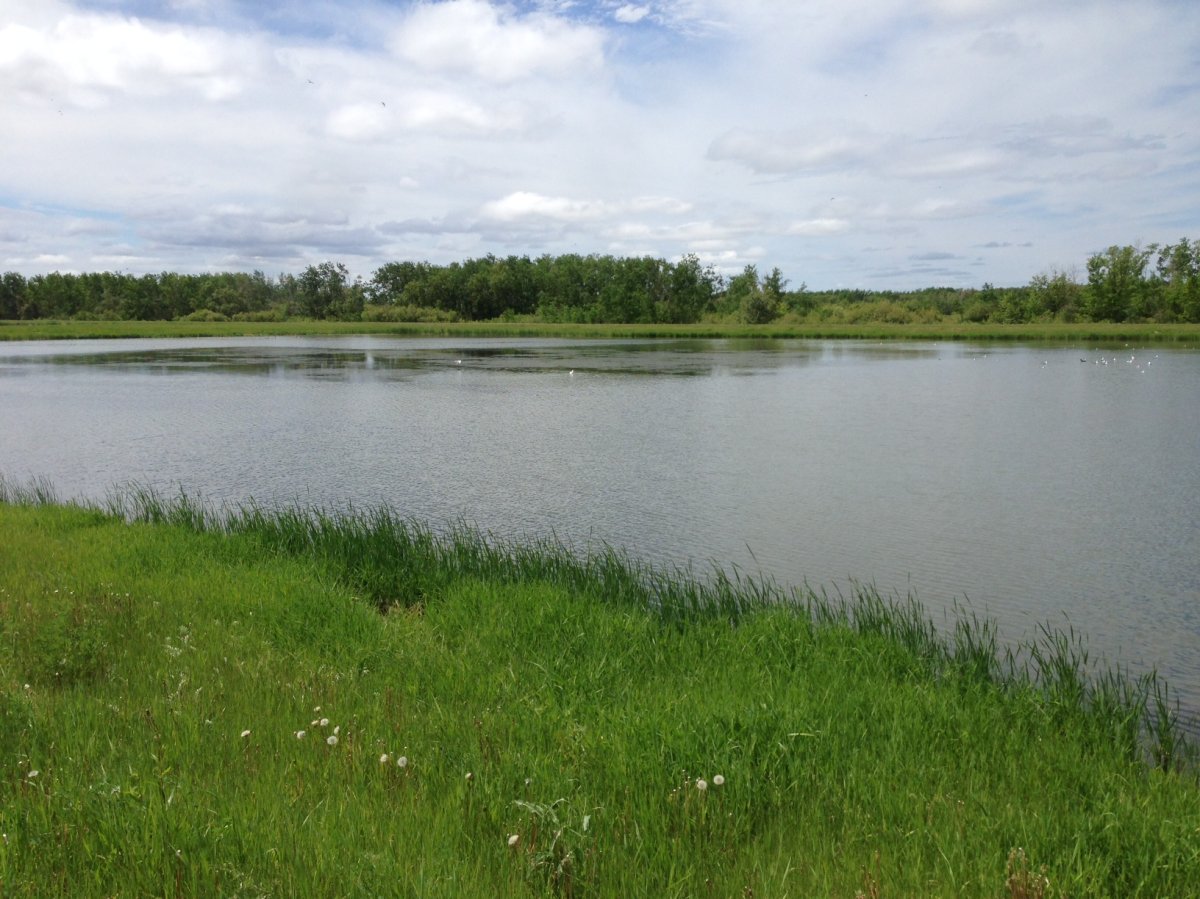WINNIPEG – Manitoba says it is bringing in the toughest wetland protection in Canada to divert harmful nutrients from Lake Winnipeg and to lower the risk of flooding.

Conservation Minister Gord Mackintosh says three-quarters of Manitoba’s original wetlands have been drained and some areas — like the flood-prone Red River basin — are almost completely devoid of them.
At the same time, he said, Lake Winnipeg is at a “tipping point” because of excess phosphorus feeding blue-green algae blooms. Wetlands are key to keeping such nutrients from reaching the lake through runoff, he said, because they retain water and filter out phosphorus before it reaches the lake.
“The solutions to problems on the lake are found on the land,” Mackintosh said Wednesday. “I’m told this would be the strongest wetland protection policy in Canada.”
The proposed protection is part of an overall water management strategy released by the governing NDP. The plan, which includes $320 million of previously announced funding, is to rejuvenate Lake Winnipeg and lower the risk of flooding and drought.
The strategy brings together previously announced initiatives — such as convincing surrounding provinces and states to sign an accord to help save Lake Winnipeg and limiting development in flood-prone areas — with new changes. Wetlands protection would mean drainage licences wouldn’t be issued and, on the rare occasion that they were, applicants would have to compensate for the loss.
They would have to construct another wetland or perhaps purchase wetland credits, Mackintosh said.
- Some 2019 candidates ‘appeared willing’ to engage with foreign interference: Hogue inquiry
- Princess Anne to help commission new navy vessel in B.C. ceremony
- Foreign interference ‘undermined’ public confidence in elections: inquiry
- Canada, Manitoba to develop Red Dress Alert for missing Indigenous women and girls
“This is not a moratorium on wetland drainage,” he said. “We’re not saying you can’t drain. But if you absolutely must, and there is no alternative, you have to make up for the loss of the benefits to the environment by at least three-to-one.”
Emergency Measures Minister Steve Ashton said the role wetlands can play in flood prevention has been overlooked in the past but is again being acknowledged in parts of the United States. Wetlands can be just as effective as a dam in retaining floodwater, he said.
“The reality is, with the kind of variability of weather we’ve been facing, the kind of flood challenges, we need every element available to us,” Ashton said. “We’re going beyond the traditional flood control structures. Yes, they’re part of the solution as well, but we’re looking at retention.”
Pascal Badiou, research scientist with Ducks Unlimited Canada, said Manitoba is still losing more than 2,000 hectares of wetlands a year. Should the proposed regulations be approved, everyone will benefit, he said.
Wetlands help fight greenhouse gases — as well as flooding and drought — while protecting many prairie species that depend on that ecosystem, he added.
“The proposed … regulations will also go very far to keep our water cleaner,” he said. “They will prevent or reduce nutrient pesticide runoff from approximately one-third of Manitoba’s agricultural landscape.”
At the same time, the government is easing restrictions on farmers who want to drain a ditch on their property. Doug Chorney, head of the Keystone Agricultural Producers, said that will reduce red tape facing farmers who just want to protect their crops.
“The previous licensing system was very demanding, time-consuming and put a big burden on the water resource officers to try and keep up with applications,” he said. “This is going to make most of the work producers do on their private lands easier to do.”



Comments